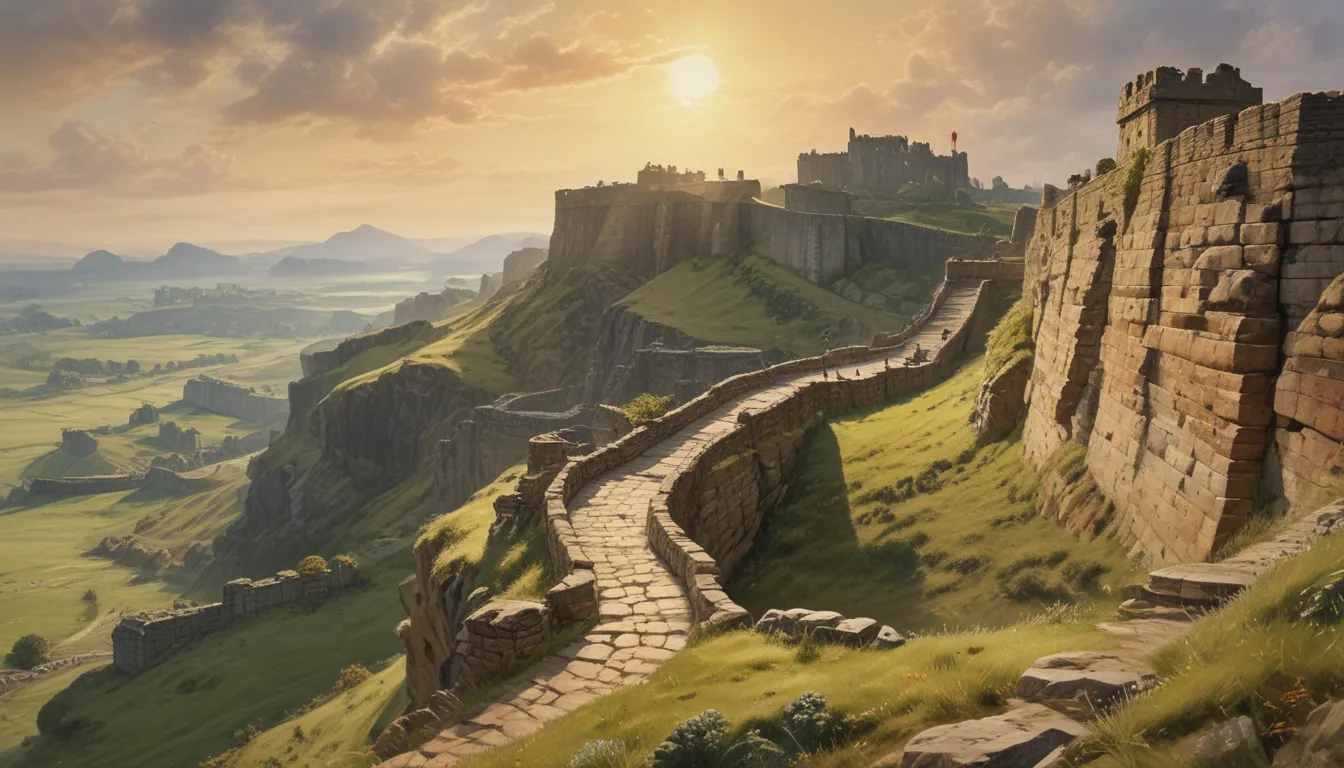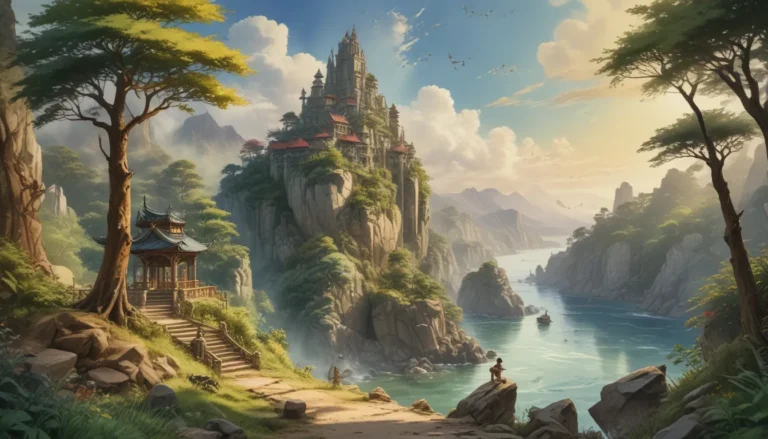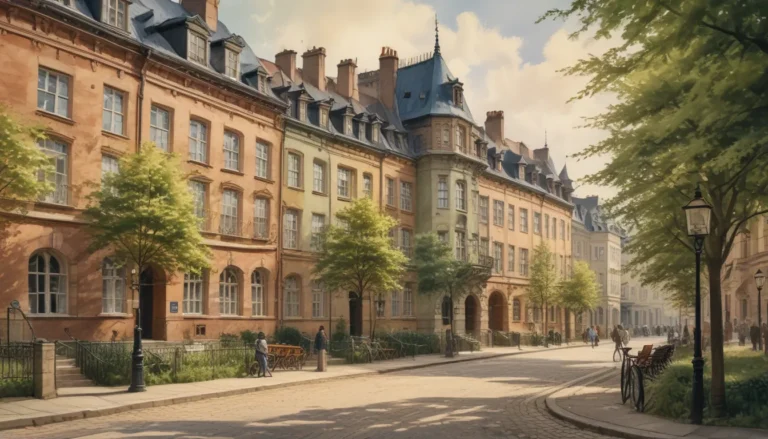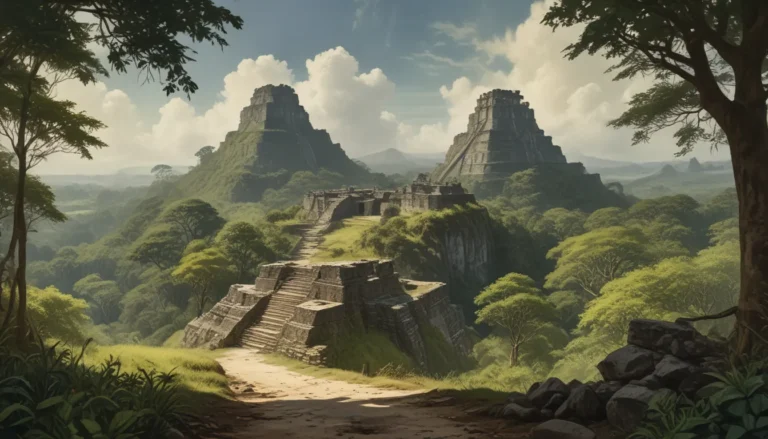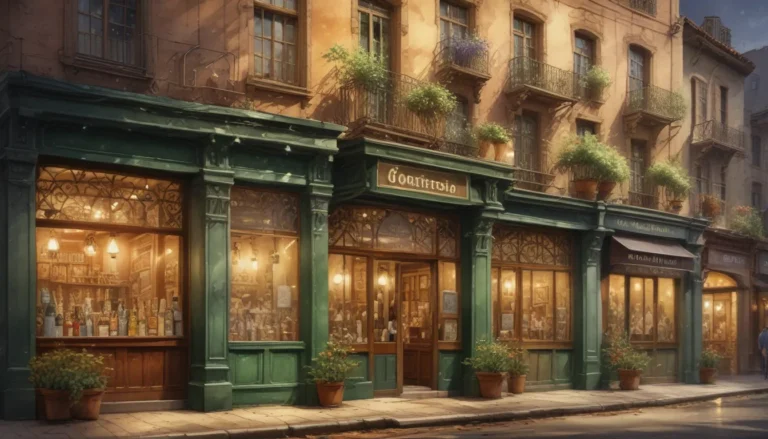The images in our articles are for illustrative purposes only and may not exactly match the content. They are intended to capture your interest and complement the text, not to replace it.
Hadrian’s Wall, a legendary landmark standing proud in Northern England, holds a treasure trove of stories and mysteries waiting to be unraveled. Built by Emperor Hadrian in AD 122, this formidable fortification served as a symbol of Roman power, marking the northernmost frontier of the empire and defending against Scottish tribes. Today, it stands as a testament to the Roman engineering marvels and strategic foresight, captivating the hearts of historians, archaeologists, and visitors alike.
The Roman Wonder: Hadrian’s Wall
Spanning an impressive 73 miles, Hadrian’s Wall is not just a structure but a symbol of Roman authority and ingenuity. Built to defend against invasions and to assert control over the region, it remains a UNESCO World Heritage Site and a lasting heritage of the Roman Empire, showcasing the might and grandeur of that era.
Delving Into History and Nature at Hadrian’s Wall
Visitors stepping into the world of Hadrian’s Wall are greeted with a plethora of experiences. From walking the Hadrian’s Wall Path to exploring archaeological wonders, the journey is a blend of history and nature’s beauty. It is a destination cherished by history enthusiasts and nature lovers alike, offering a rich tapestry of experiences.
Unveiling Astounding Facts
Let’s embark on a journey of discovery as we uncover 18 astounding facts about Hadrian’s Wall, shedding light on its construction, purpose, and ongoing legacy. From its towering size to its rich archaeological treasures, each fact unveils a layer of the wall’s significance and enduring allure.
-
Impressive Length and Size: Spanning over 73 miles, Hadrian’s Wall is a colossal Roman artifact in Britain, measuring around 10 feet in width and 15 feet in height, showcasing the ancient engineering feats.
-
Built by Emperor Hadrian: Ordered by Emperor Hadrian in 122 AD, the wall’s purpose was to serve as a border marker and a defense against Scottish tribes, symbolizing Roman power and control.
-
Construction Marvel: The construction of Hadrian’s Wall spanned approximately six years, involving the efforts of thousands of Roman soldiers and local laborers who toiled to bring the grand vision to life.
-
Roman Soldiers’ Life: Stationed along the wall, Roman soldiers faced challenges like harsh weather, limited supplies, and potential conflicts with the local Scottish tribes, embodying resilience and dedication.
-
UNESCO Designation: Recognized as a UNESCO World Heritage Site for its historical significance and architectural excellence, Hadrian’s Wall is a testament to the Roman legacy shaping Britain’s cultural landscape.
-
Crossings and Forts: The wall featured milecastles, turrets, and forts strategically positioned to monitor movement and provide protection, offering a glimpse into Roman military strategies and daily life.
Walking Through History: Hadrian’s Wall Path
Today, the Hadrian’s Wall Path offers a panoramic journey through history, tracing the line of the wall and immersing visitors in stunning landscapes, historical sites, and archaeological wonders. It’s a trail that beckons adventurers and history buffs alike to explore the remnants of a bygone era.
Preserving the Legacy: English Heritage and National Trust
Organizations like English Heritage and the National Trust are devoted to preserving Hadrian’s Wall, ensuring that visitors can delve into its remains, museums, and interpretation centers to gain a deeper understanding of its historical significance. It’s through their efforts that the Roman heritage is kept alive and accessible to all.
Inspiring Creativity: Fiction and Art
Hadrian’s Wall has inspired countless works of fiction, ranging from books to films, capturing the imagination and evoking a sense of wonder about the Roman Empire’s legacy. It serves as a canvas for artists and storytellers to weave tales of grandeur and perseverance.
Drawing In Visitors: A Landmark of Awe
Every year, Hadrian’s Wall entices a multitude of visitors from across the globe, drawn in by its historical richness, scenic splendor, and captivating narratives. It’s a destination that beckons travelers to witness the grandeur of the ancient world while embracing the beauty of the British countryside.
A Symbol of Ingenuity: Standing the Test of Time
Hadrian’s Wall stands tall as a reminder of human ingenuity, engineering brilliance, and the enduring legacy of the Roman Empire. It signifies the remarkable achievements and the lasting impact of ancient civilizations, a testament to the timeless allure of history.
Unravel the Mysteries: FAQs
-
Purpose of Hadrian’s Wall: Built as a defensive fortification by Emperor Hadrian, the wall marked the northern limit of the Roman Empire, providing protection against Scottish tribes.
-
Length of Hadrian’s Wall: Spanning approximately 73 miles, Hadrian’s Wall traverses varied terrains, offering a glimpse into the ancient world.
-
Visiting Hadrian’s Wall: Open to the public, the wall welcomes visitors to explore its forts, milecastles, and scenic trails, providing an immersive history lesson.
-
Events at Hadrian’s Wall: The wall hosts events and festivals, showcasing historical reenactments, educational programs, and cultural celebrations for all to enjoy.
-
Hiking at Hadrian’s Wall: Yes, hikers can traverse the Hadrian’s Wall Path, a national trail offering breathtaking views and historical insights along the way.
Embark on a journey through time and history as you explore the wonders of Hadrian’s Wall. From its towering presence to its rich archaeological tapestry, every step unveils a new chapter in the saga of this ancient marvel. Whether you seek history, adventure, or natural beauty, Hadrian’s Wall offers a tapestry of experiences waiting to be discovered. Come, immerse yourself in the legacy of the Romans and witness the grandeur of Hadrian’s Wall!
